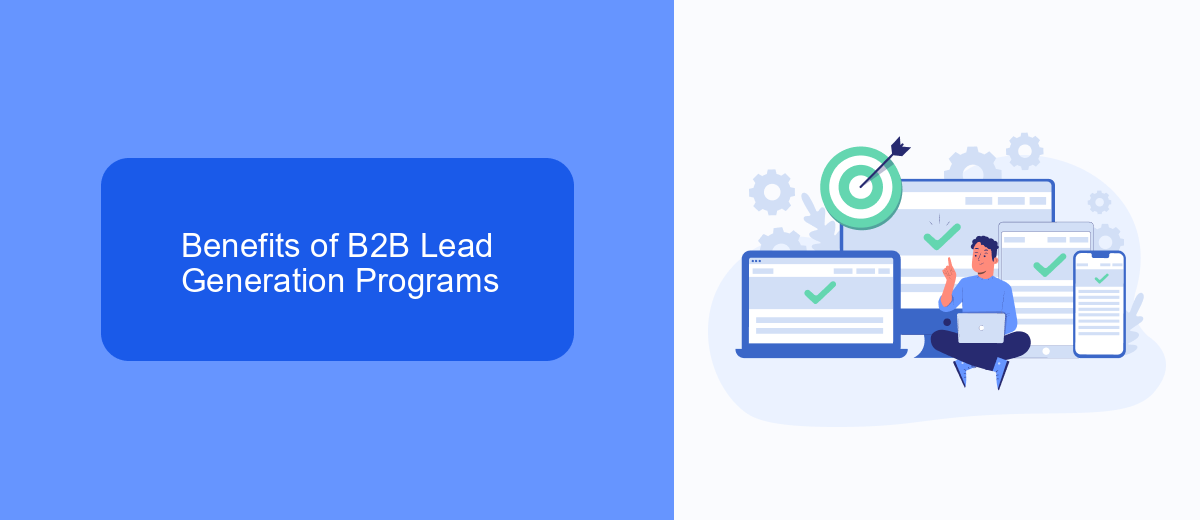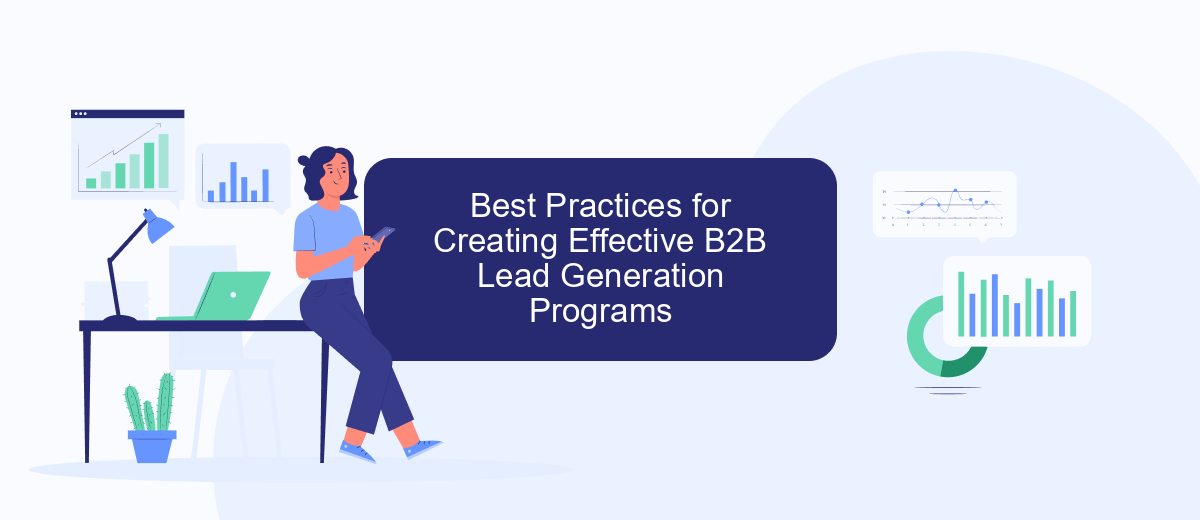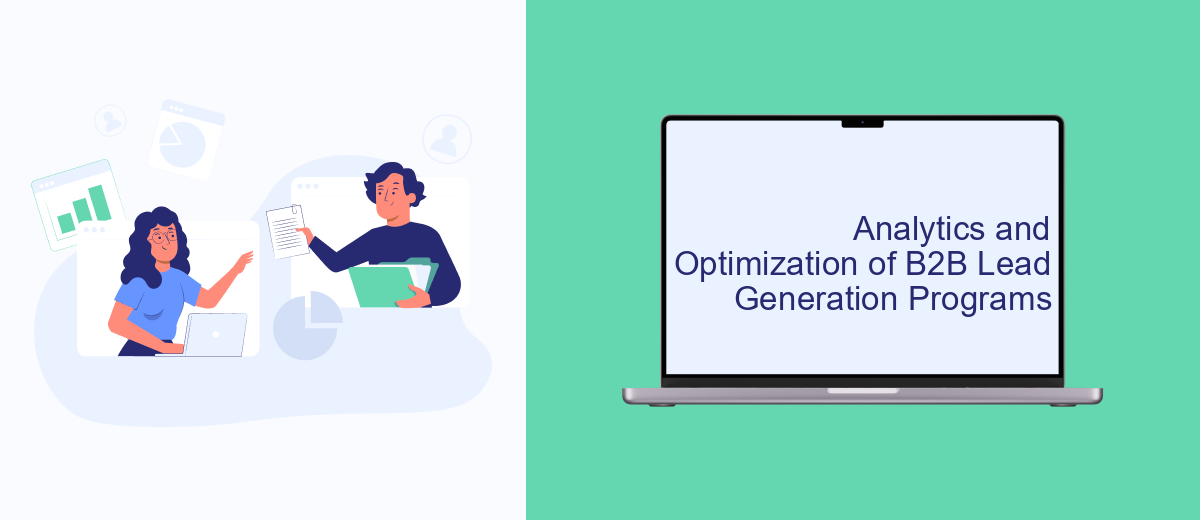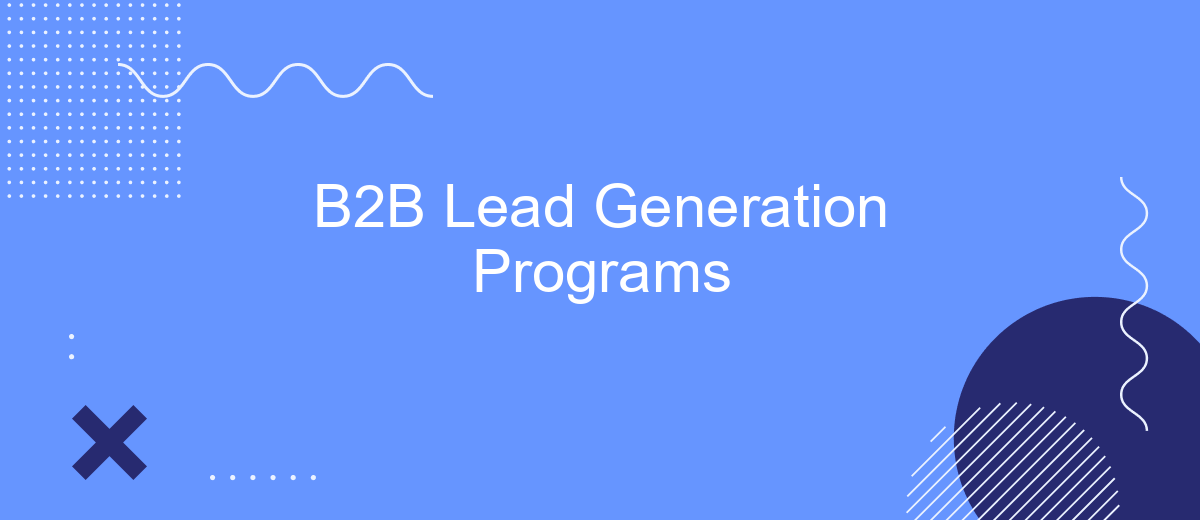In today's competitive business landscape, effective B2B lead generation programs are crucial for driving growth and maintaining a steady pipeline of potential clients. By leveraging targeted strategies and advanced technologies, businesses can identify, attract, and nurture high-quality leads, ultimately converting them into loyal customers. This article explores the key components and best practices for developing successful B2B lead generation programs.
What is B2B Lead Generation?
B2B lead generation is the process of identifying and attracting potential business clients (leads) who may have an interest in your company's products or services. This process is crucial for creating a pipeline of prospects that can be nurtured into customers, thereby driving revenue and growth for your business.
- Identifying target audiences
- Creating engaging content
- Utilizing marketing automation tools
- Integrating CRM systems
Effective B2B lead generation often involves the integration of various tools and services to streamline the process. For instance, SaveMyLeads automates the transfer of leads from multiple sources directly into your CRM system, ensuring that no potential client is overlooked. By leveraging such integrations, businesses can enhance their lead management and improve conversion rates.
Benefits of B2B Lead Generation Programs

B2B lead generation programs offer numerous benefits that can significantly enhance a company's growth and profitability. One of the primary advantages is the ability to target a specific audience, ensuring that marketing efforts are directed toward potential clients who are more likely to convert into sales. This targeted approach leads to higher conversion rates and more efficient use of marketing resources, ultimately driving revenue growth.
Moreover, B2B lead generation programs can streamline the process of capturing and managing leads through automation and integration tools. For instance, services like SaveMyLeads can automatically transfer leads from various platforms directly into a company's CRM system, reducing manual work and minimizing the risk of errors. This seamless integration ensures that sales teams can focus on nurturing and converting leads rather than getting bogged down by administrative tasks, leading to improved productivity and better overall results.
Best Practices for Creating Effective B2B Lead Generation Programs

Creating an effective B2B lead generation program requires a strategic approach and the right tools to streamline the process. Here are some best practices to consider:
- Identify Your Target Audience: Clearly define who your ideal customers are to tailor your lead generation efforts effectively.
- Create High-Quality Content: Develop valuable content that addresses the pain points and interests of your target audience.
- Utilize Multiple Channels: Leverage various channels such as email marketing, social media, and webinars to reach potential leads.
- Implement Lead Scoring: Use lead scoring to prioritize leads based on their engagement and likelihood to convert.
- Integrate Automation Tools: Use automation tools like SaveMyLeads to streamline lead capture and follow-up processes.
- Analyze and Optimize: Regularly review your lead generation metrics and adjust your strategies for continuous improvement.
By following these best practices, businesses can enhance their lead generation efforts, resulting in higher quality leads and increased conversion rates. Integrating tools like SaveMyLeads can further simplify the process, ensuring that no potential lead is overlooked.
Analytics and Optimization of B2B Lead Generation Programs

Analytics and optimization are crucial for the success of B2B lead generation programs. By continuously analyzing data, businesses can identify which strategies are working and which need improvement. This process involves tracking key metrics such as conversion rates, cost per lead, and lead quality.
Optimization begins with understanding the data collected. Tools like Google Analytics, CRM systems, and specialized software can provide insights into lead behavior and campaign performance. SaveMyLeads, for example, offers seamless integration with various platforms, ensuring that all your lead data is centralized and easily accessible for analysis.
- Track conversion rates to measure the effectiveness of your campaigns.
- Analyze cost per lead to ensure your budget is being used efficiently.
- Evaluate lead quality to focus on high-potential prospects.
- Use integration tools like SaveMyLeads to streamline data collection and analysis.
By leveraging these insights, businesses can make data-driven decisions to refine their lead generation strategies. Regularly reviewing and adjusting campaigns based on analytical findings will lead to more effective and efficient lead generation efforts.
Tools for Automating and Simplifying B2B Lead Generation
Automating and simplifying B2B lead generation can significantly enhance your marketing efficiency and accuracy. Tools like CRM systems, email marketing software, and social media automation platforms streamline the process of capturing and nurturing leads. These tools help in segmenting your audience, personalizing communication, and tracking engagement metrics, ensuring that your lead generation efforts are both targeted and effective.
Integrating various tools can further optimize your lead generation strategy. Services like SaveMyLeads make it easy to connect different platforms, ensuring seamless data flow between your CRM, email marketing software, and other essential tools. By automating data transfer and synchronization, SaveMyLeads eliminates manual data entry and reduces the risk of errors, allowing you to focus on more strategic tasks. This integration capability is crucial for maintaining a cohesive and efficient lead generation system.
FAQ
What is B2B lead generation?
Why is lead generation important for B2B companies?
What are some common methods for generating B2B leads?
How can automation improve B2B lead generation efforts?
What metrics should be tracked to measure the success of a B2B lead generation program?
Use the SaveMyLeads service to improve the speed and quality of your Facebook lead processing. You do not need to regularly check the advertising account and download the CSV file. Get leads quickly and in a convenient format. Using the SML online connector, you can set up automatic transfer of leads from Facebook to various services: CRM systems, instant messengers, task managers, email services, etc. Automate the data transfer process, save time and improve customer service.
